Residents of Millennium Tower in San Francisco are being confronted with a financial obligation of $6.8 million after unsuccessful repair efforts. The luxury building, known for its significant tilt, underwent renovations that unfortunately did not correct the issue.
These residents are now bearing the financial consequences, a situation that underscores the complex challenges associated with structural anomalies in large, urban buildings.
The Financial Shockwaves of a Faulty Repair
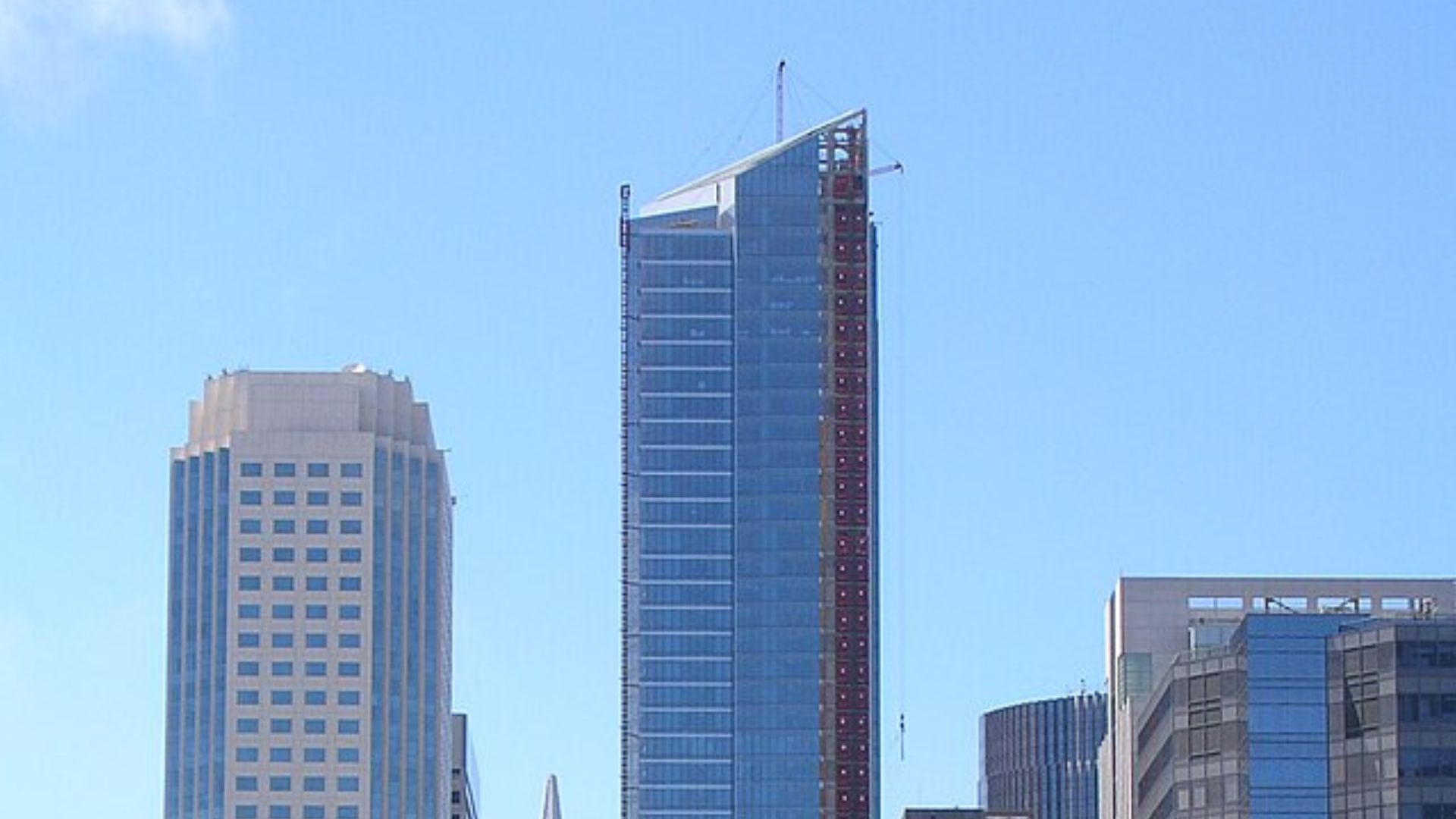
The residents face an unanticipated financial burden due to an expensive and yet unsuccessful repair initiative.
A 29-inch tilt remains a persistent issue, with each tenant billed $10 per square foot of condo space. The total repair cost overshot the initial $100 million estimate by $20 million, causing deep financial consternation amidst an already complicated structural issue.
The Tower’s Persistent Incline

Post-repair, the 545-foot-tall Millennium Tower continues its westward tilt, a disconcerting realization for the residents forced to fund the repair efforts.
The October deadline for payment looms large, casting a shadow of financial strain and architectural uncertainty. Each repair attempt thus far has only underscored the persistent and unresolved leaning issue of this otherwise iconic structure.
A Uniquely Disturbing Incident
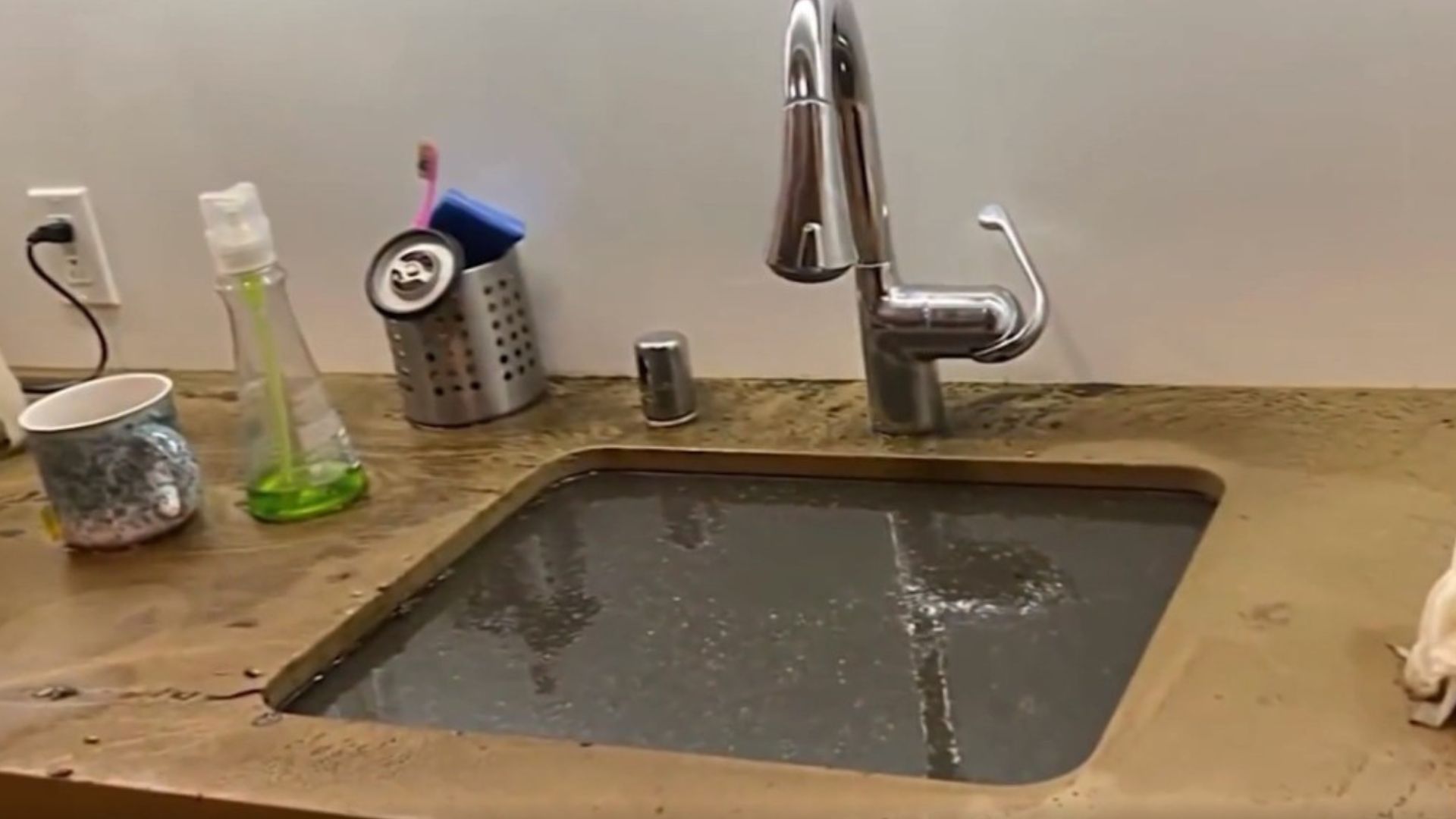
Mehrdad Mostafavi, a resident, experienced an alarming incident of sewage spillage resulting from the building’s tilt.
In the midst of the structural anomalies, the sewage incident highlights the tangible and disturbing impact on daily living conditions. A bill of nearly $14,000 from the Tower owners association exacerbates the distress, intertwining financial and living concerns.
The Residents’ Shared Affliction
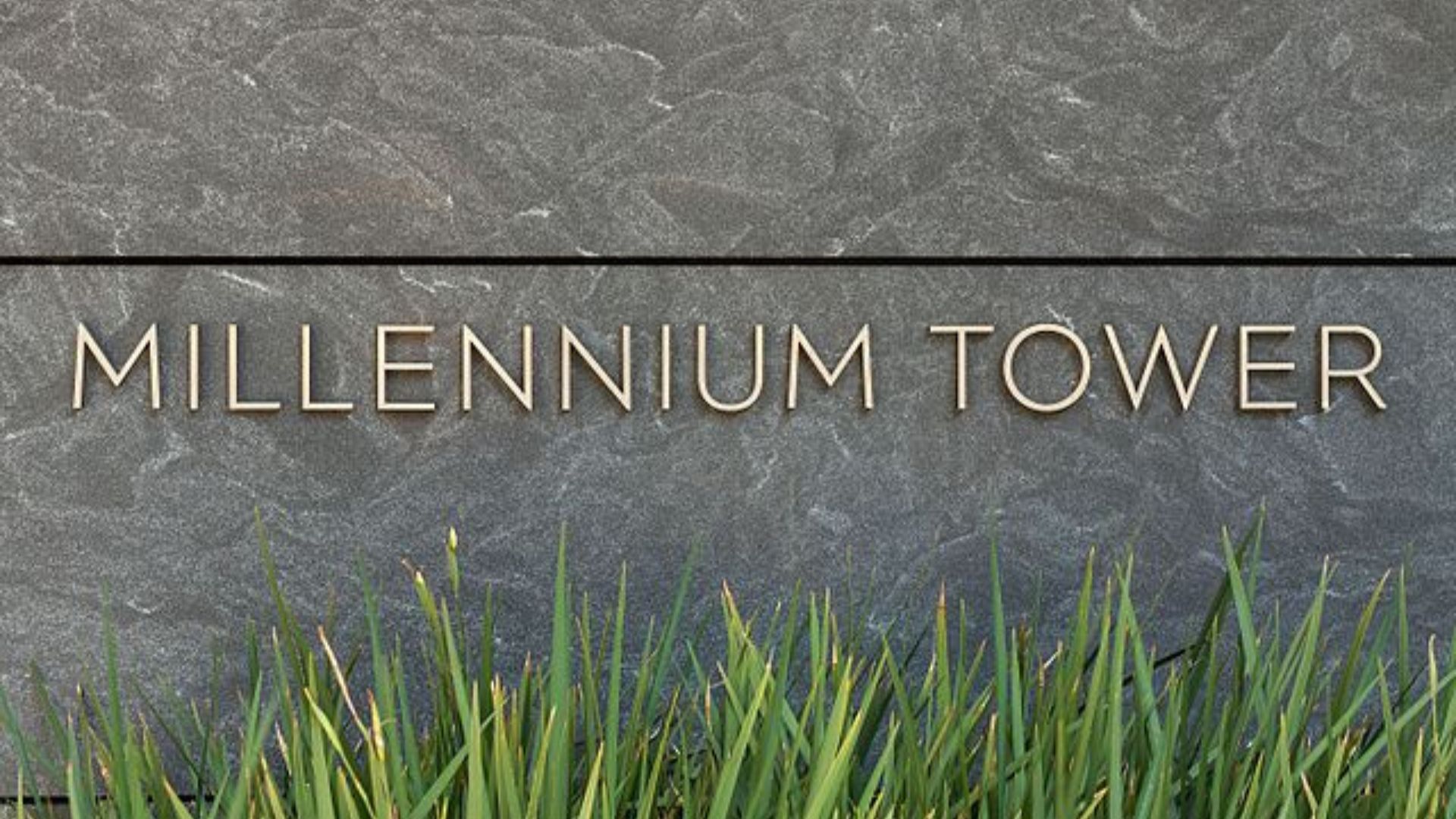
The luxury and fame of the Millennium Tower have been overshadowed by its leaning predicament and the associated costs.
For owners like Mostafavi, the edifice is less a symbol of affluence and more a source of ongoing difficulty.
Retirement Plans Under Strain
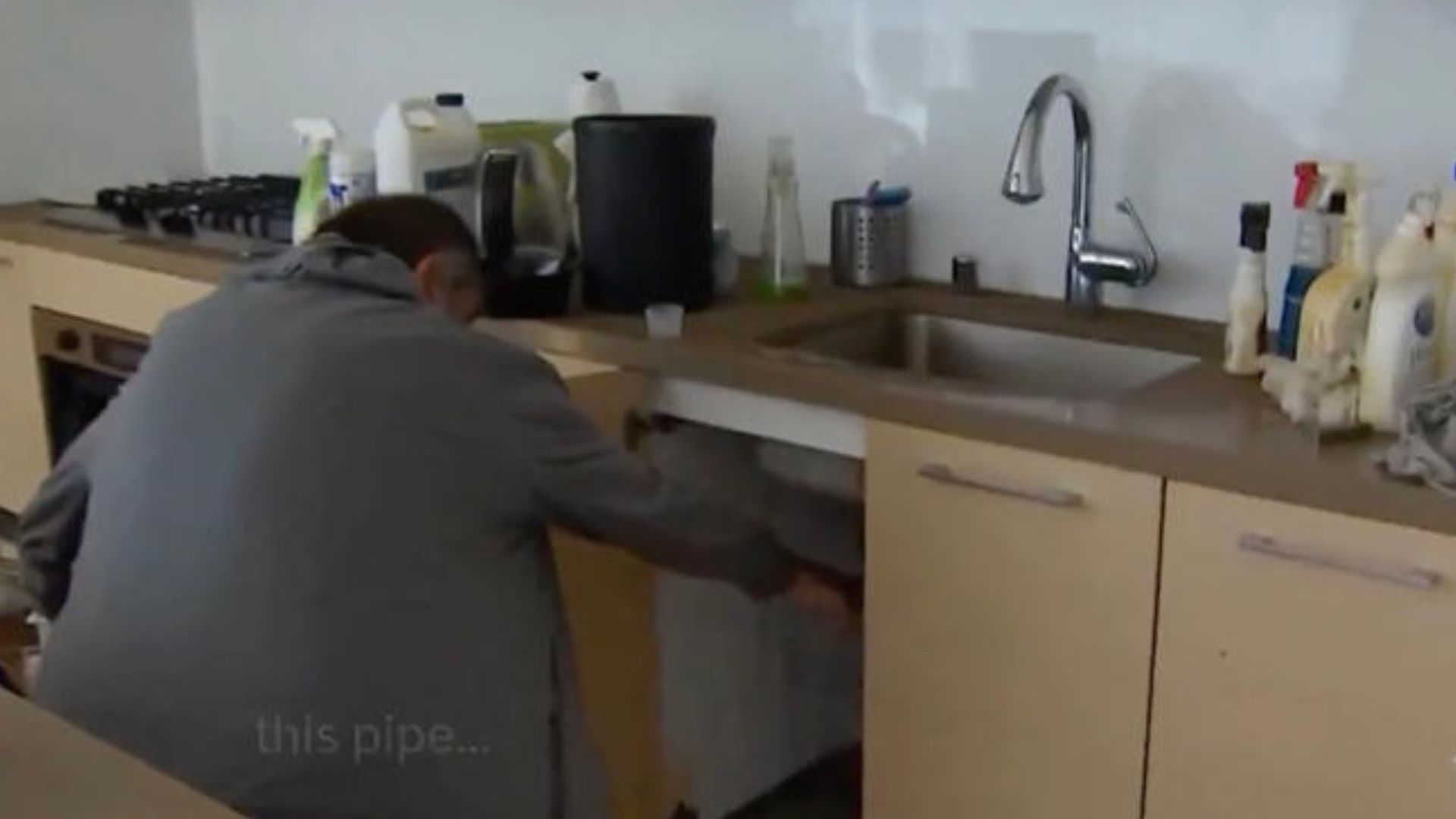
Mostafavi’s narrative demonstrates the profound impact of the Millennium’s structural woes on individual lives.
The financial implications transcend immediate repair costs, extending into life savings and future plans.
A Multifaceted Financial Challenge
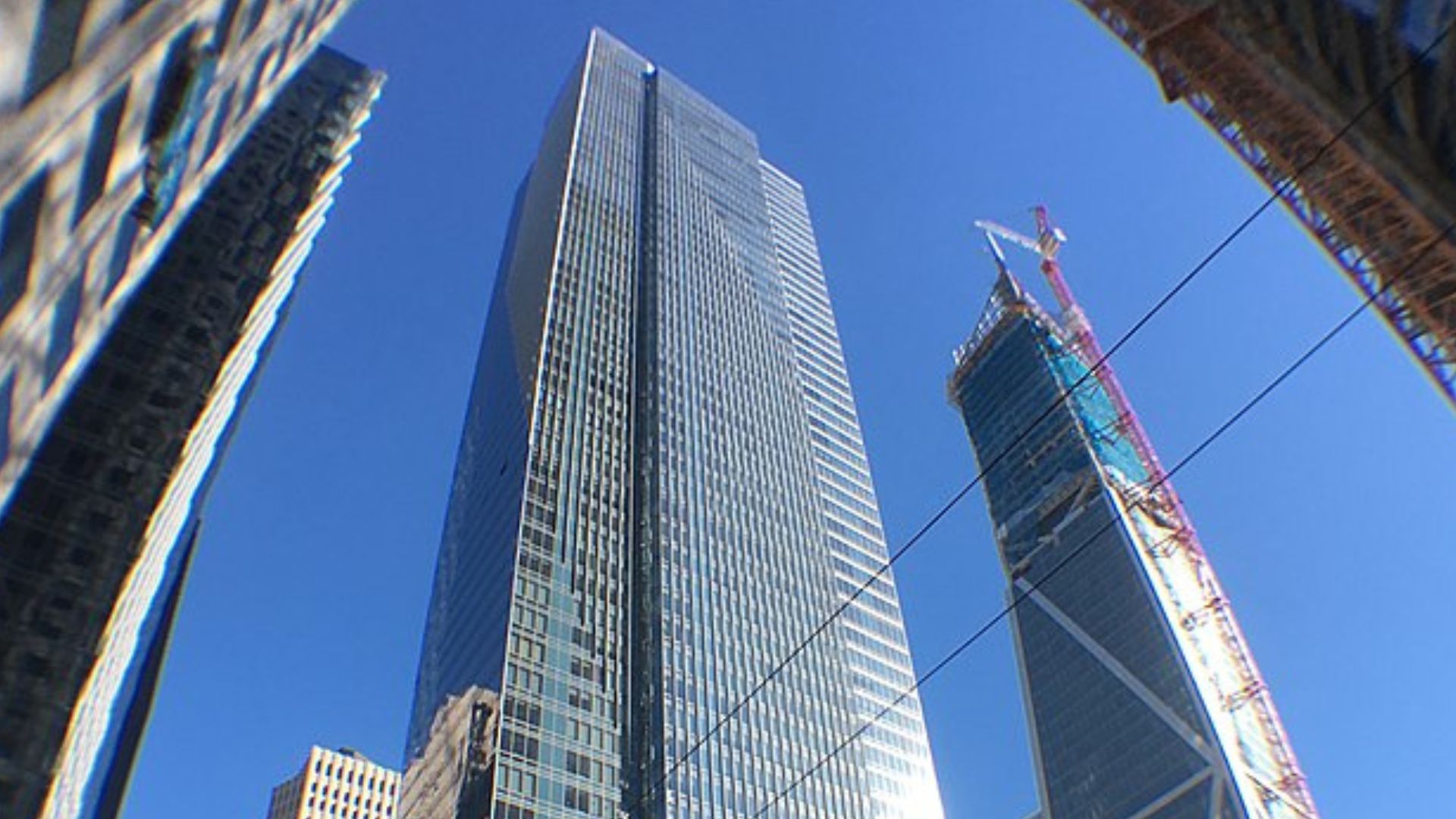
The homeowners association’s articulation of the financial scenario underscores the complex, multifaceted nature of the issue.
Delays and escalated city requirements have amplified costs, extending the financial strain beyond initial anticipations.
Collective Financial Liability

The bill is an example of the collective financial responsibility shared by the residents, a $6.8 million shadow that looms large.
Despite contributions from the tower’s developer and fix contractor to offset overruns, the financial burden borne by the residents remains significant.
Minimal Improvement Post-Construction
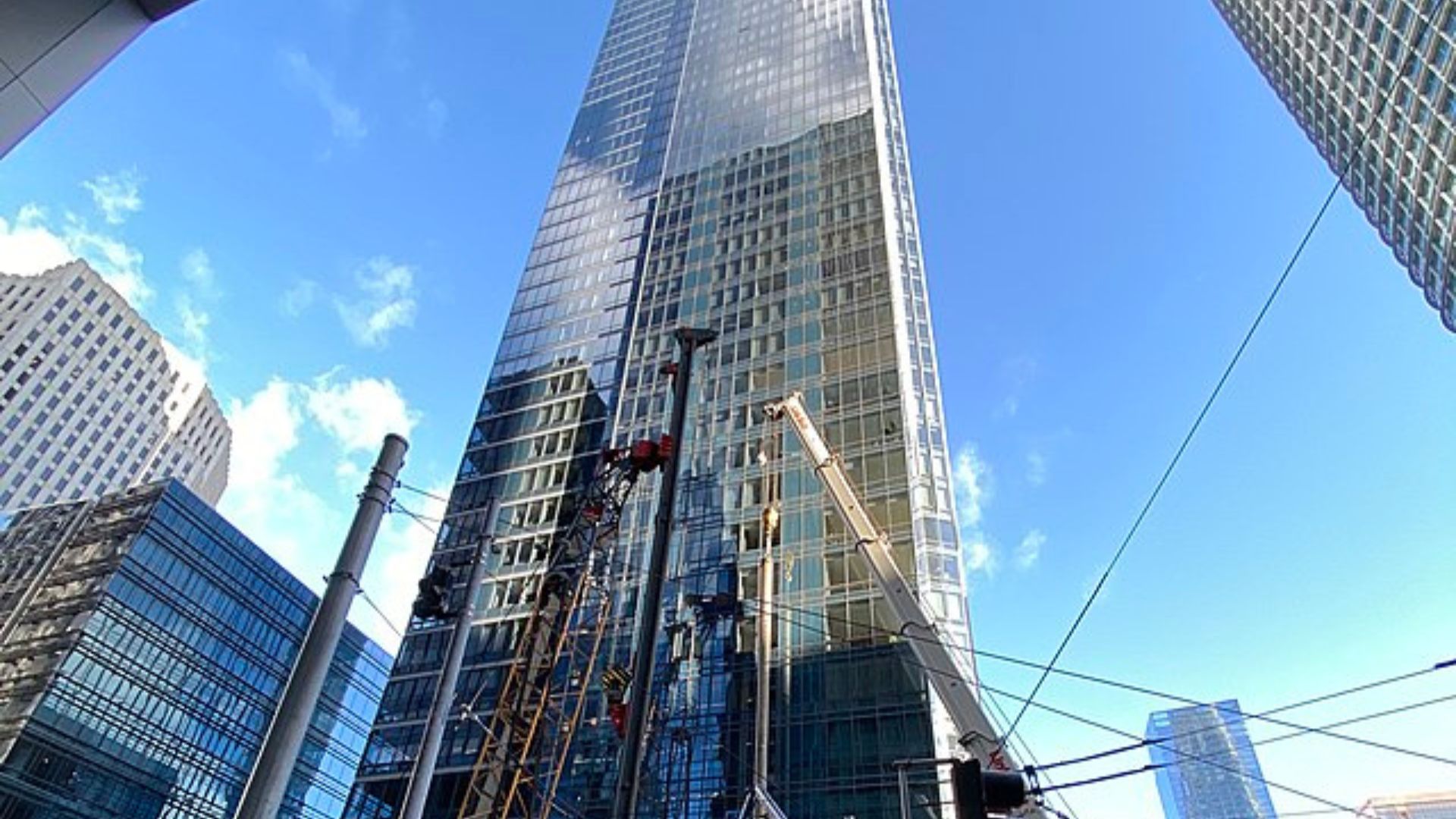
Monitoring data post-construction reveals only a fractional improvement in the building’s tilt. Residents, amidst financial and structural uncertainty, find little solace in minimal progress.
The ongoing issues following such significant investment of resources spotlight the persistent challenge of engineering solutions in real-world, inhabited architectural structures.
Unveiling the Tilt
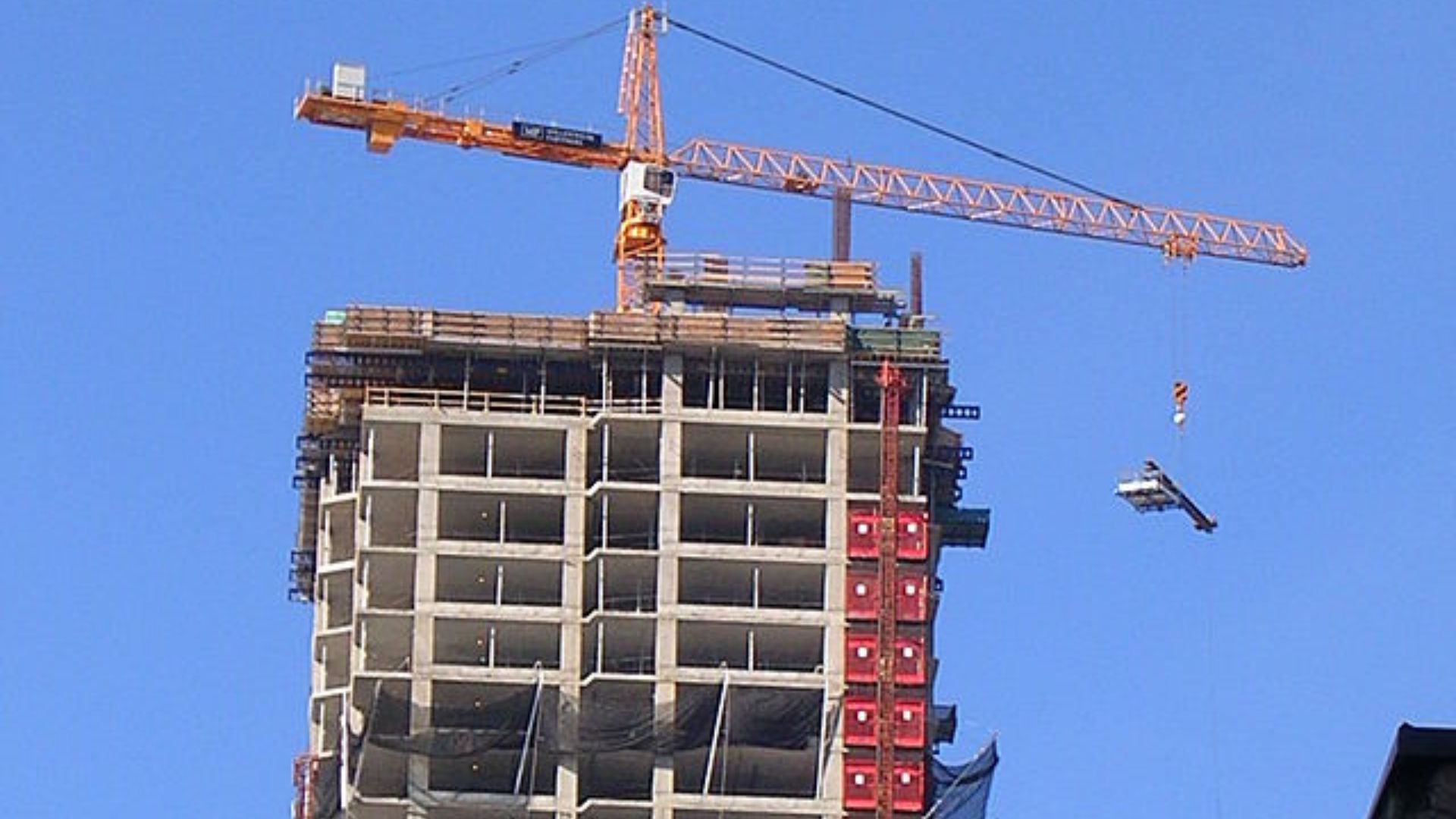
The 29-inch tilt was first disclosed to the residents in 2016. Since then, it has become a persistent issue, bringing with it a slew of complications.
This revelation highlights the persistent nature of structural issues and the multifaceted challenges they present to residents, engineers, and city officials alike, calling for comprehensive solutions.
Between Luxury and Structural Flaws
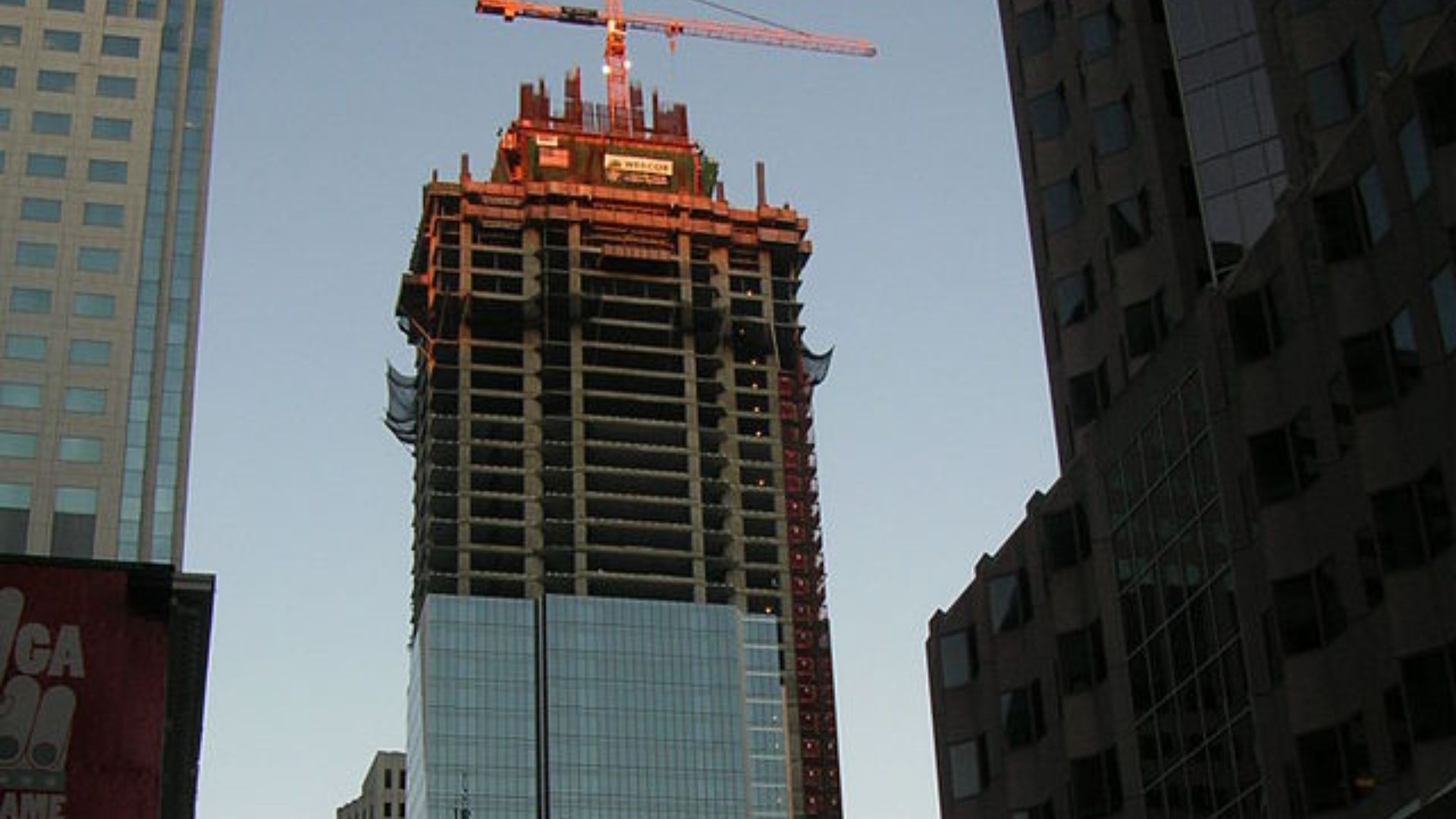
The Millennium Tower stands as a mix of opulence and engineering challenges.
With residents shouldering unexpected financial burdens, it’s clear that the structural integrity issues are yielding serious economic and livability concerns.
Facing the Future
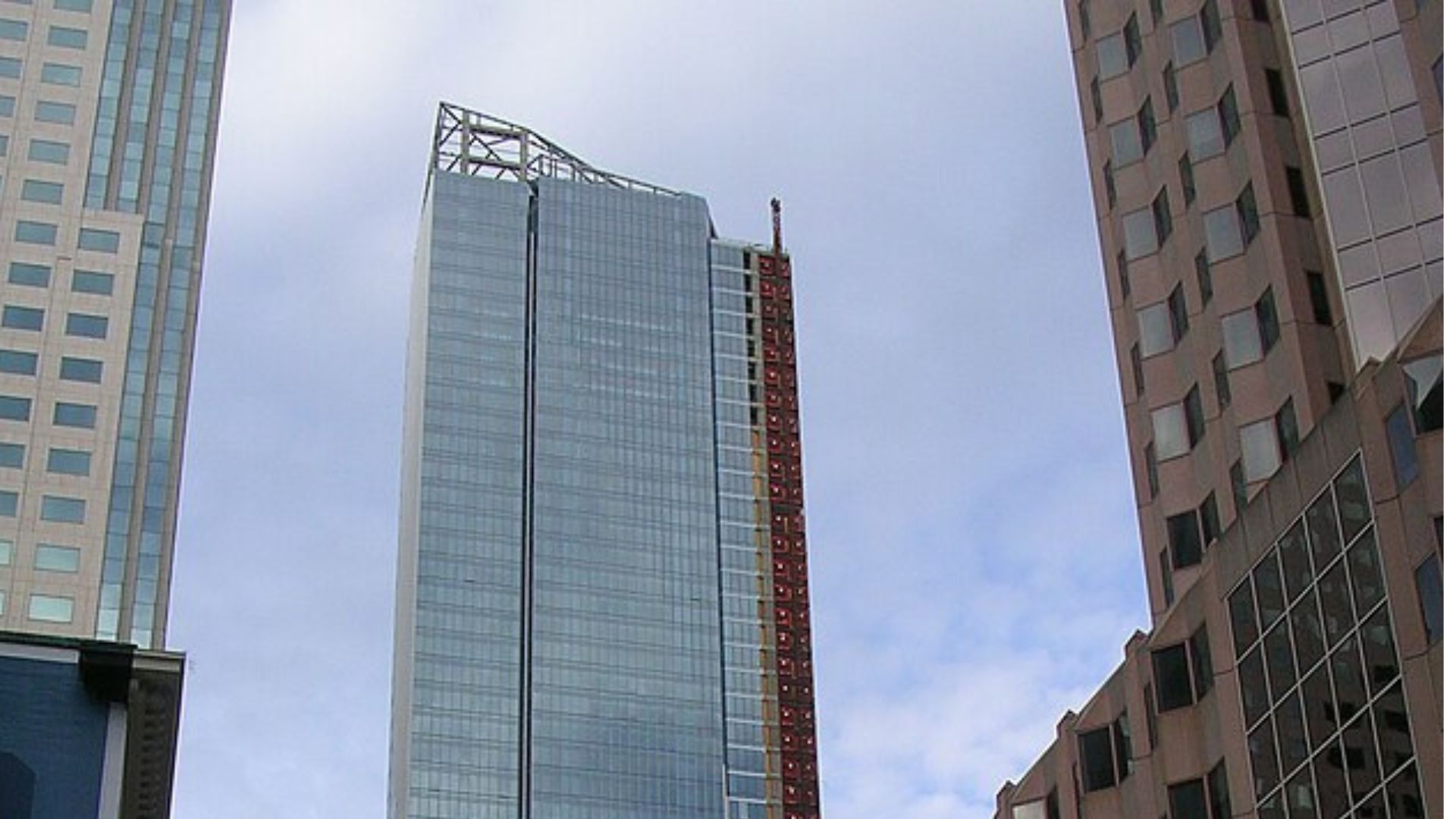
San Francisco’s Millennium Tower stands as a testament to the unforeseen challenges that can arise in modern construction.
The ongoing structural issues, combined with the financial strain on its residents, highlight the complexities of maintaining such an iconic piece of architecture in a bustling urban environment.
